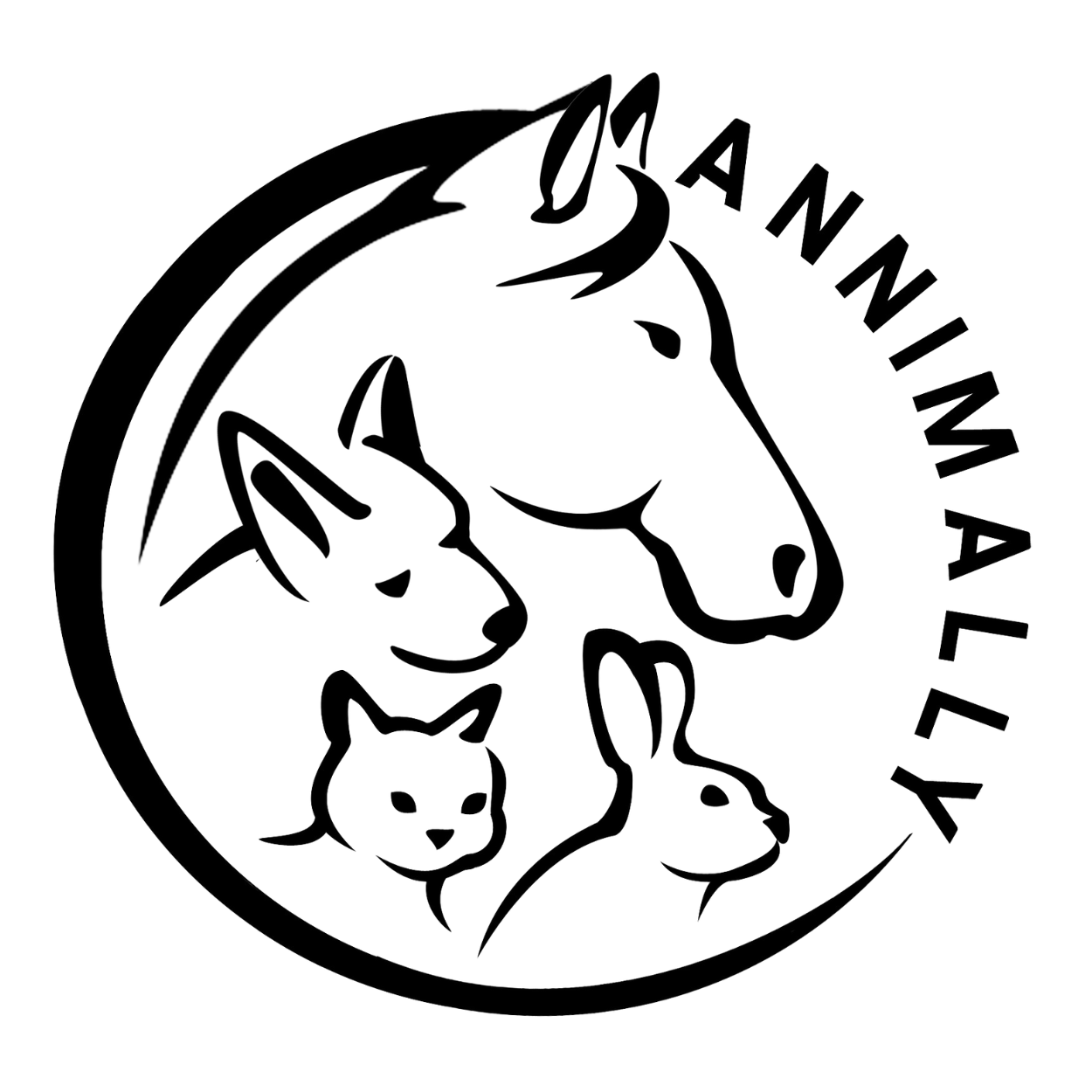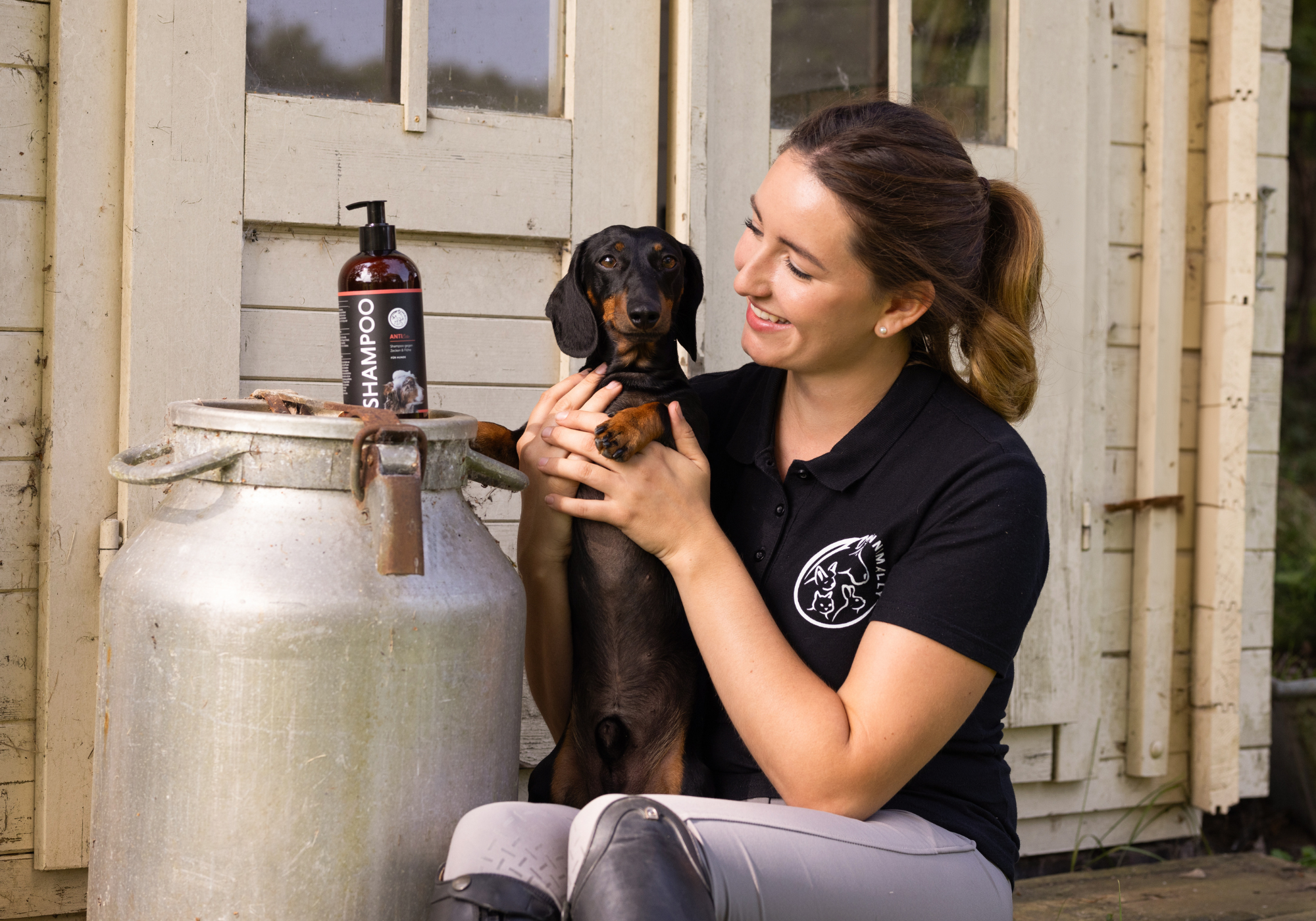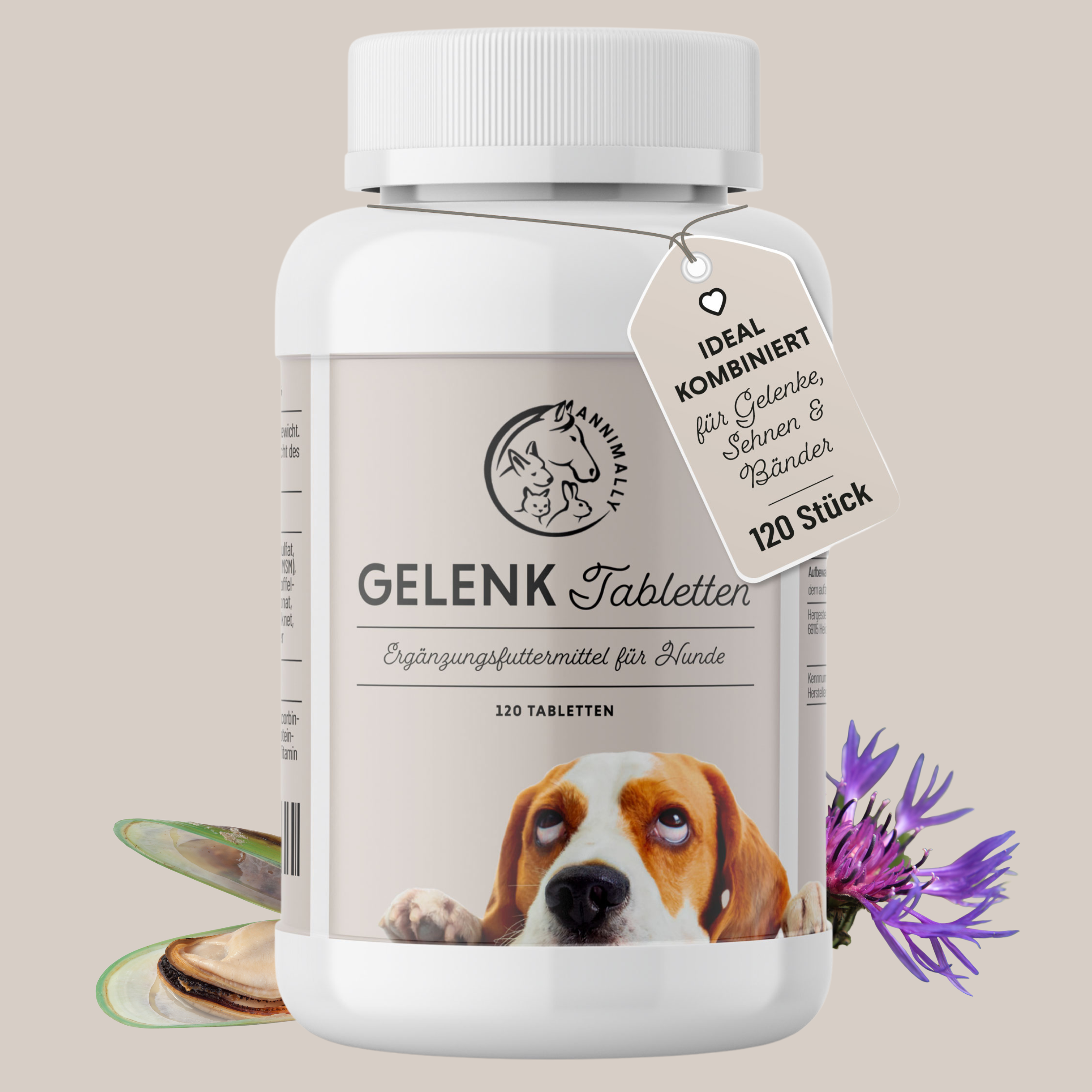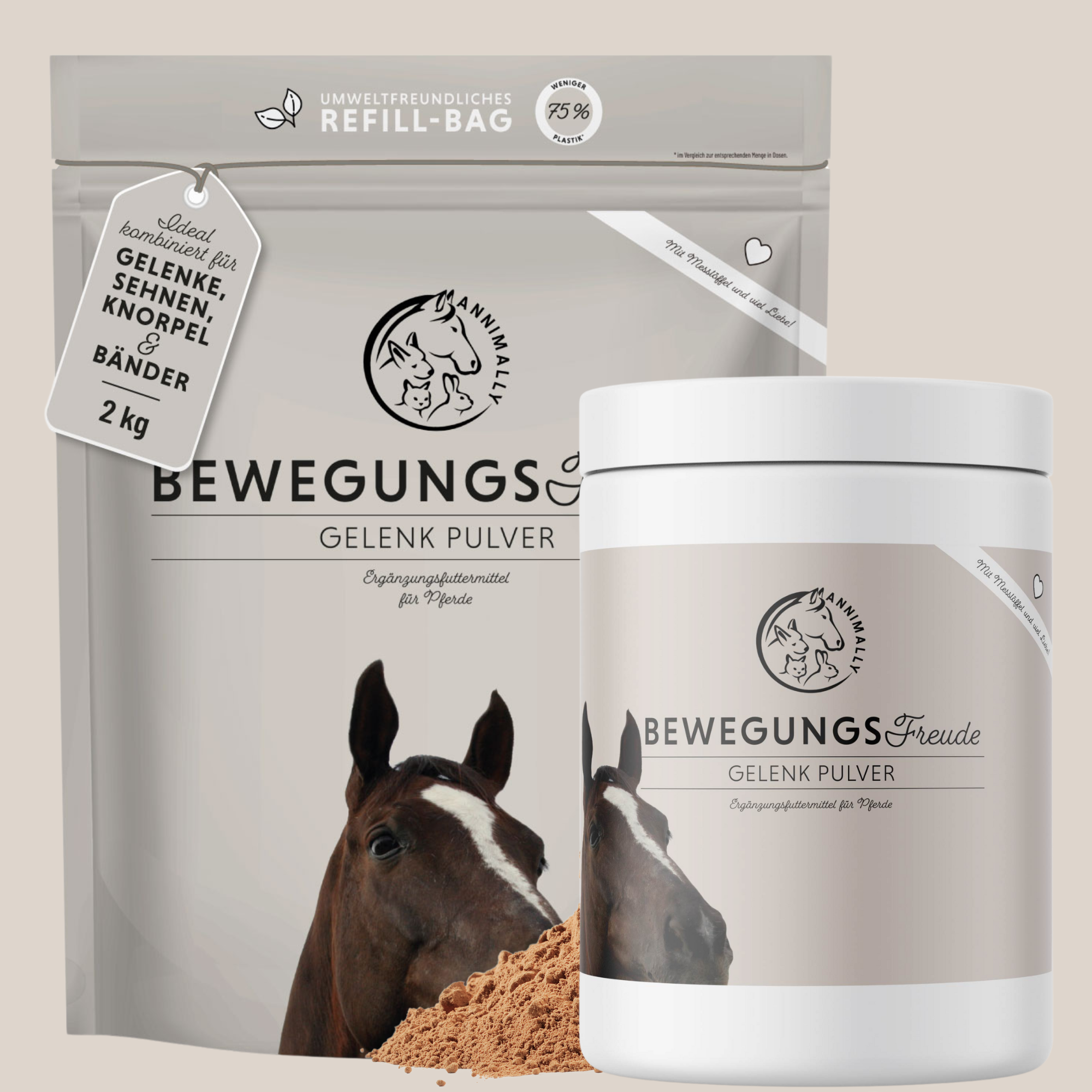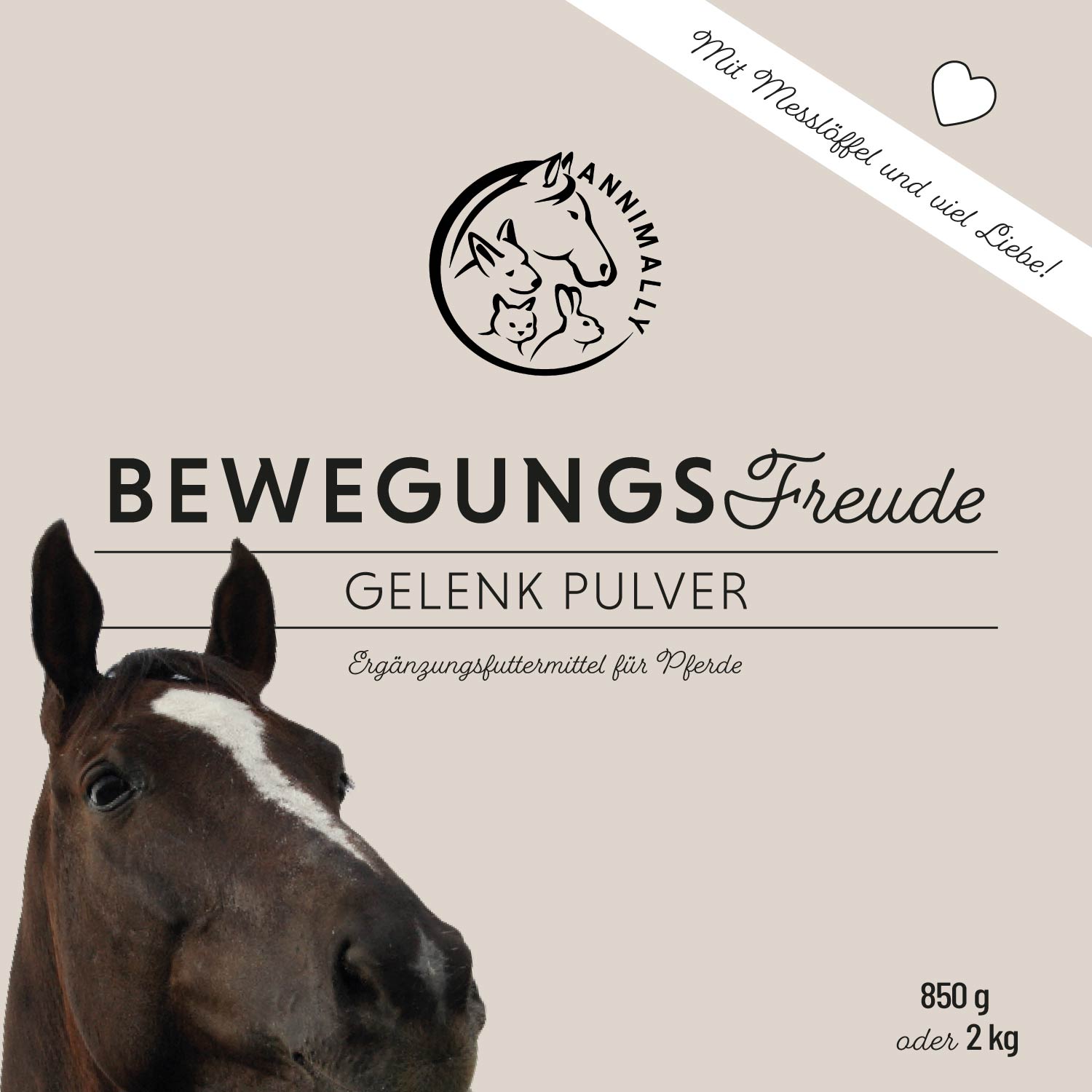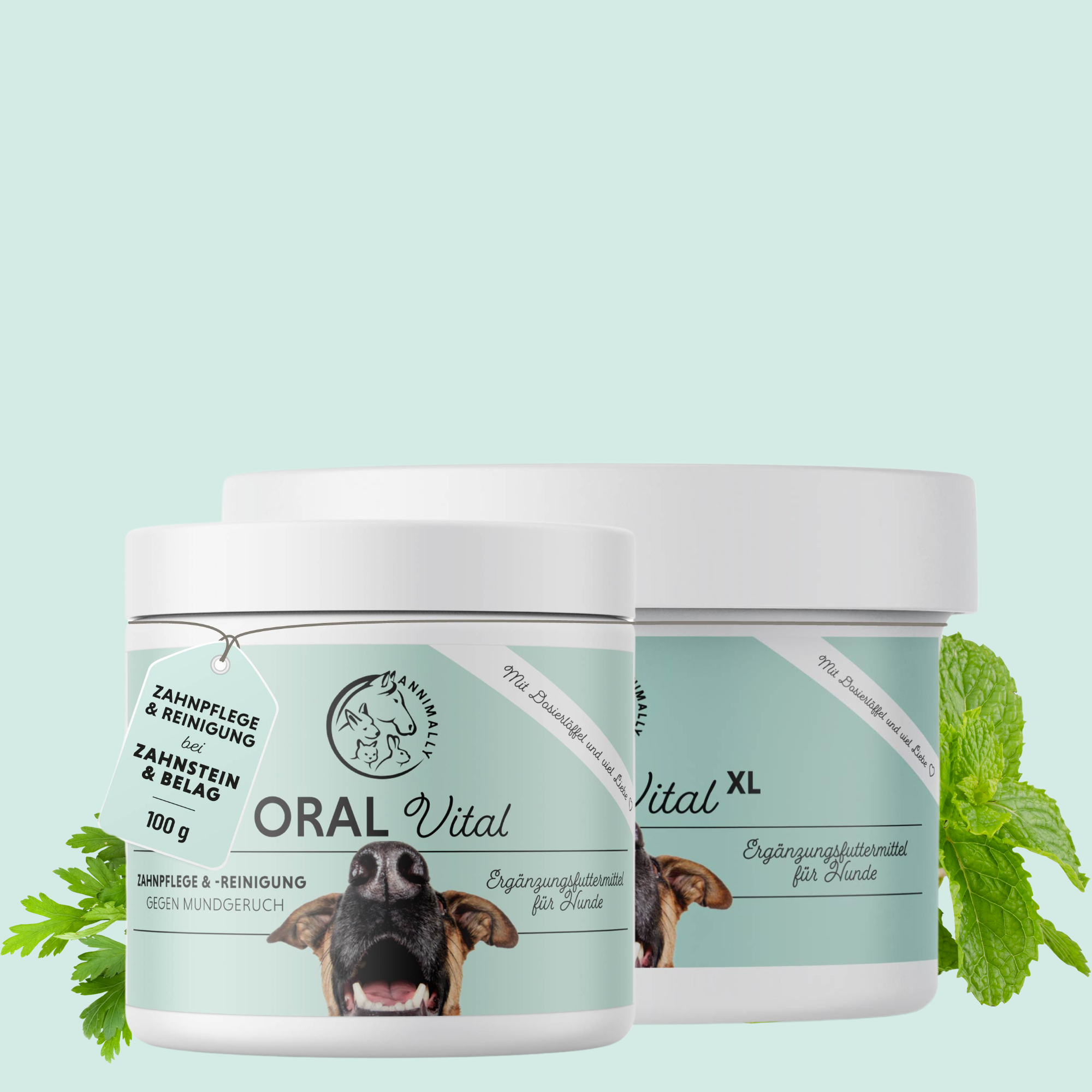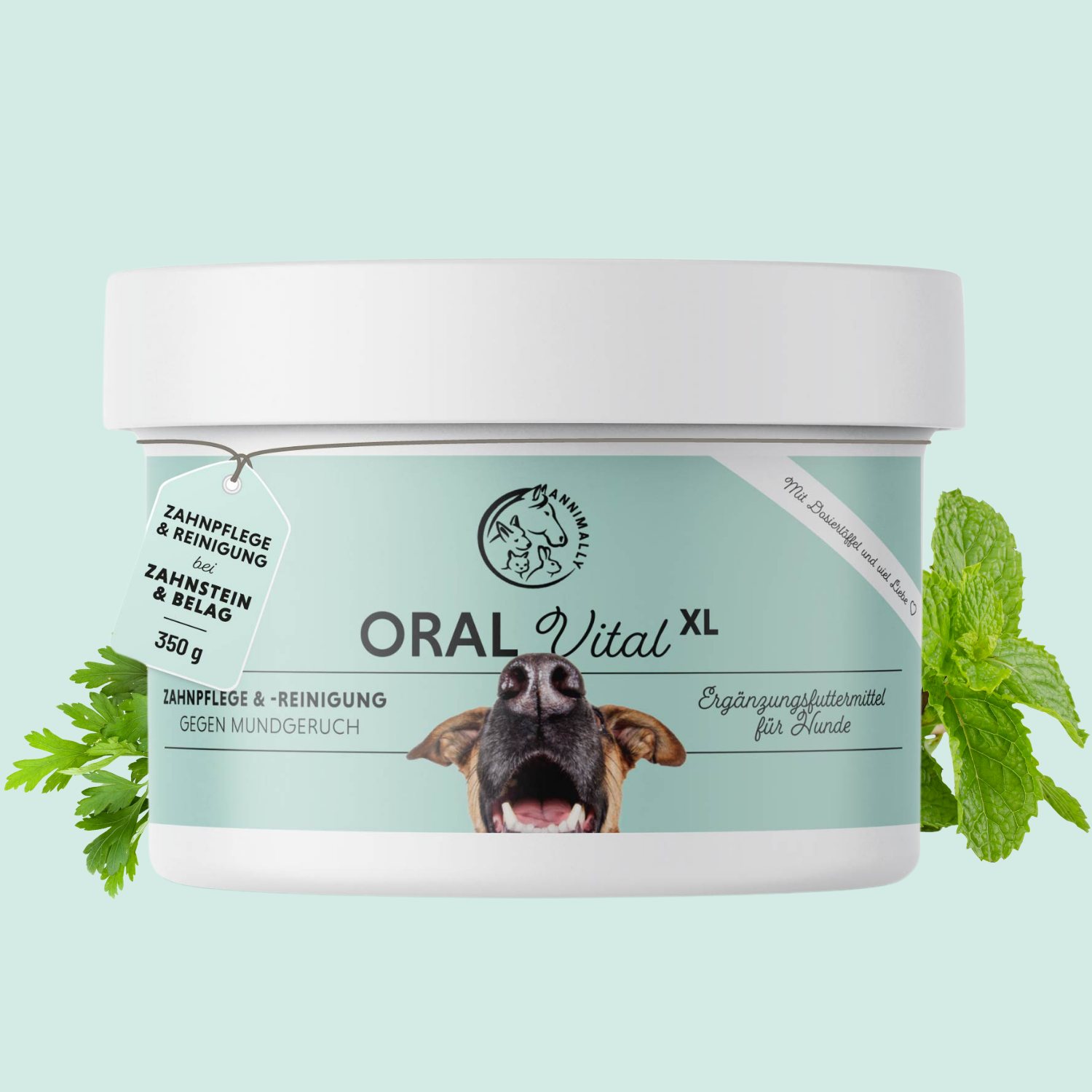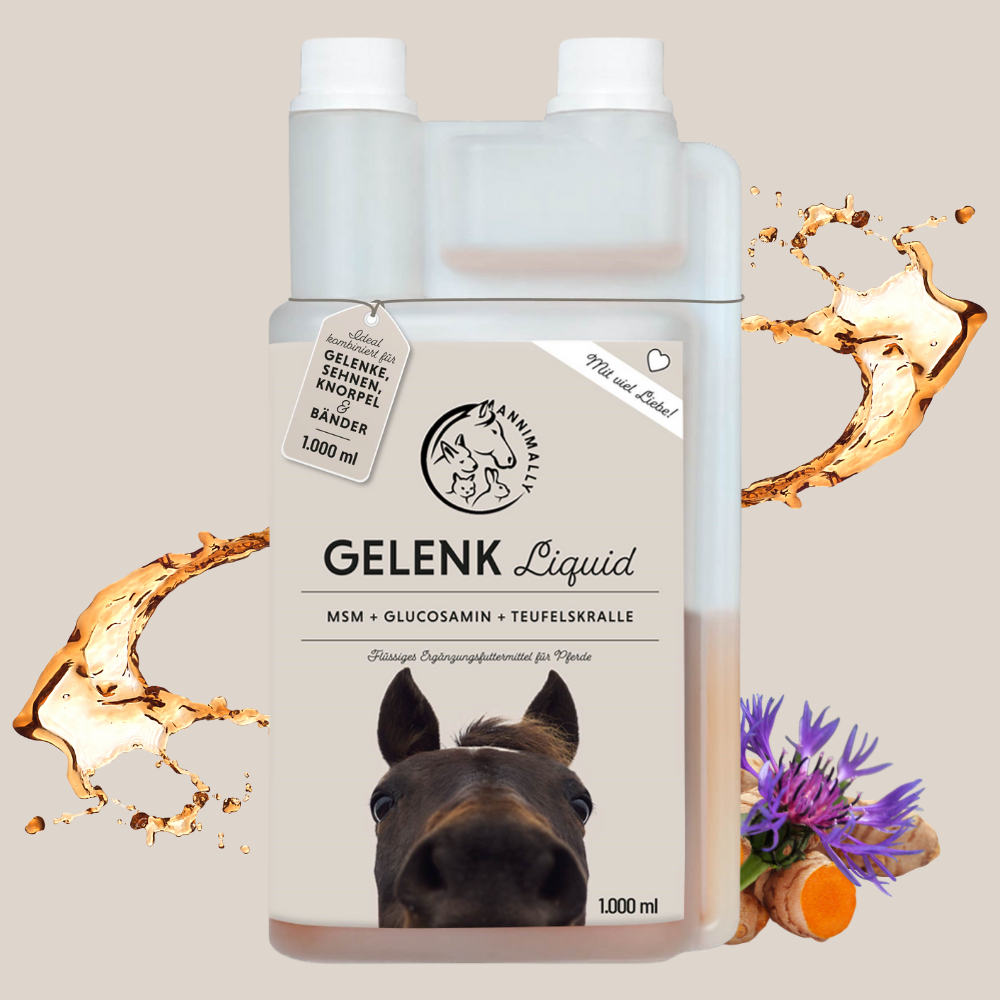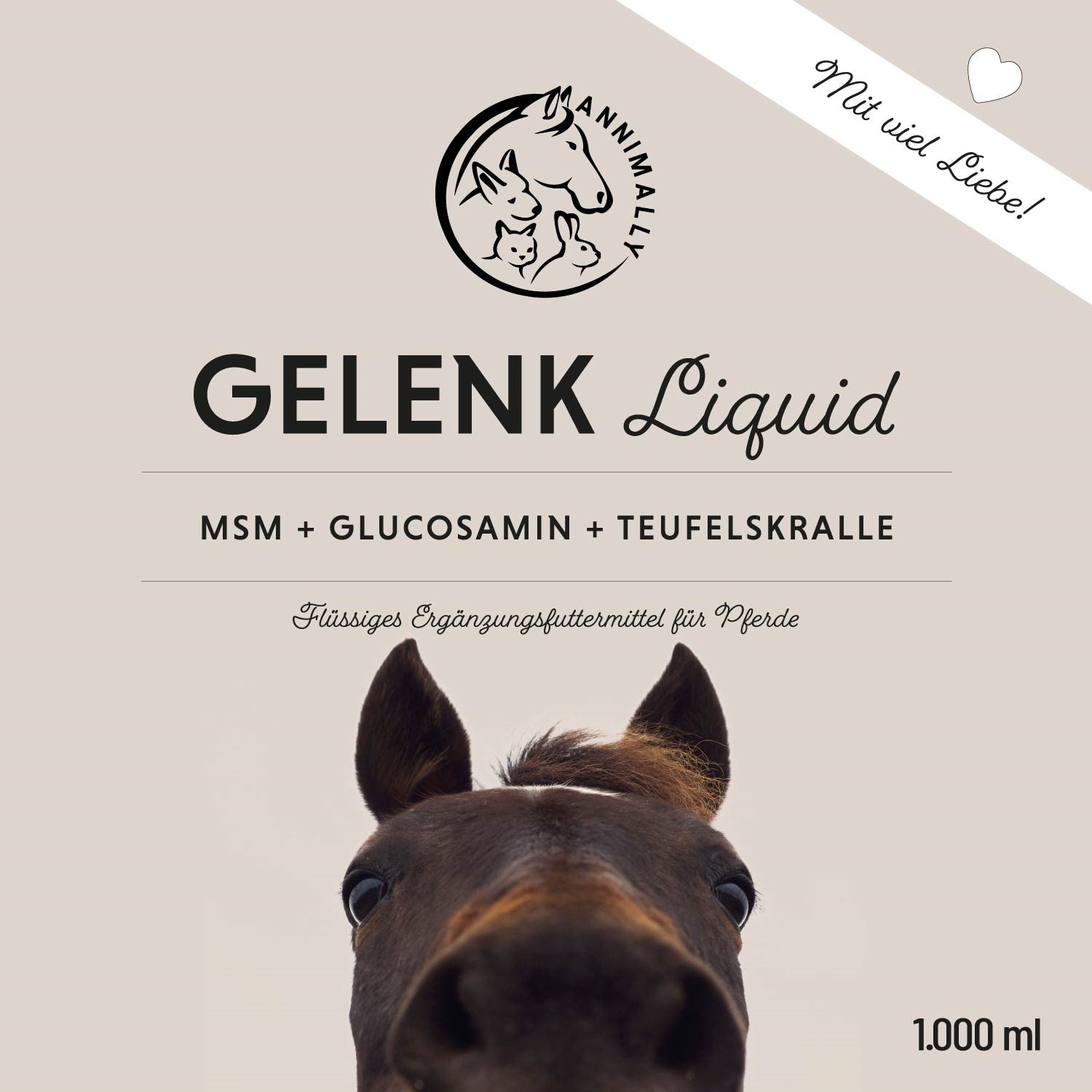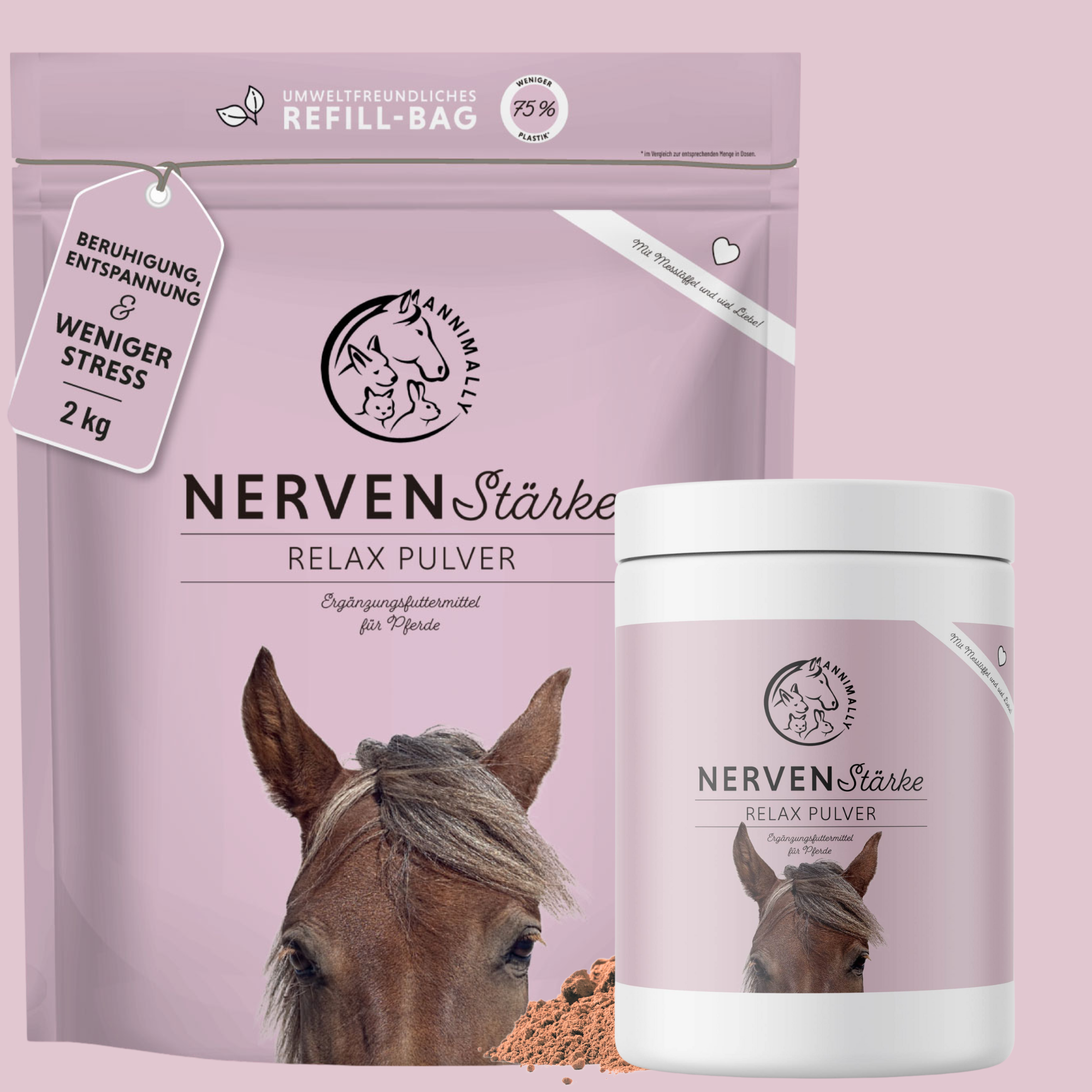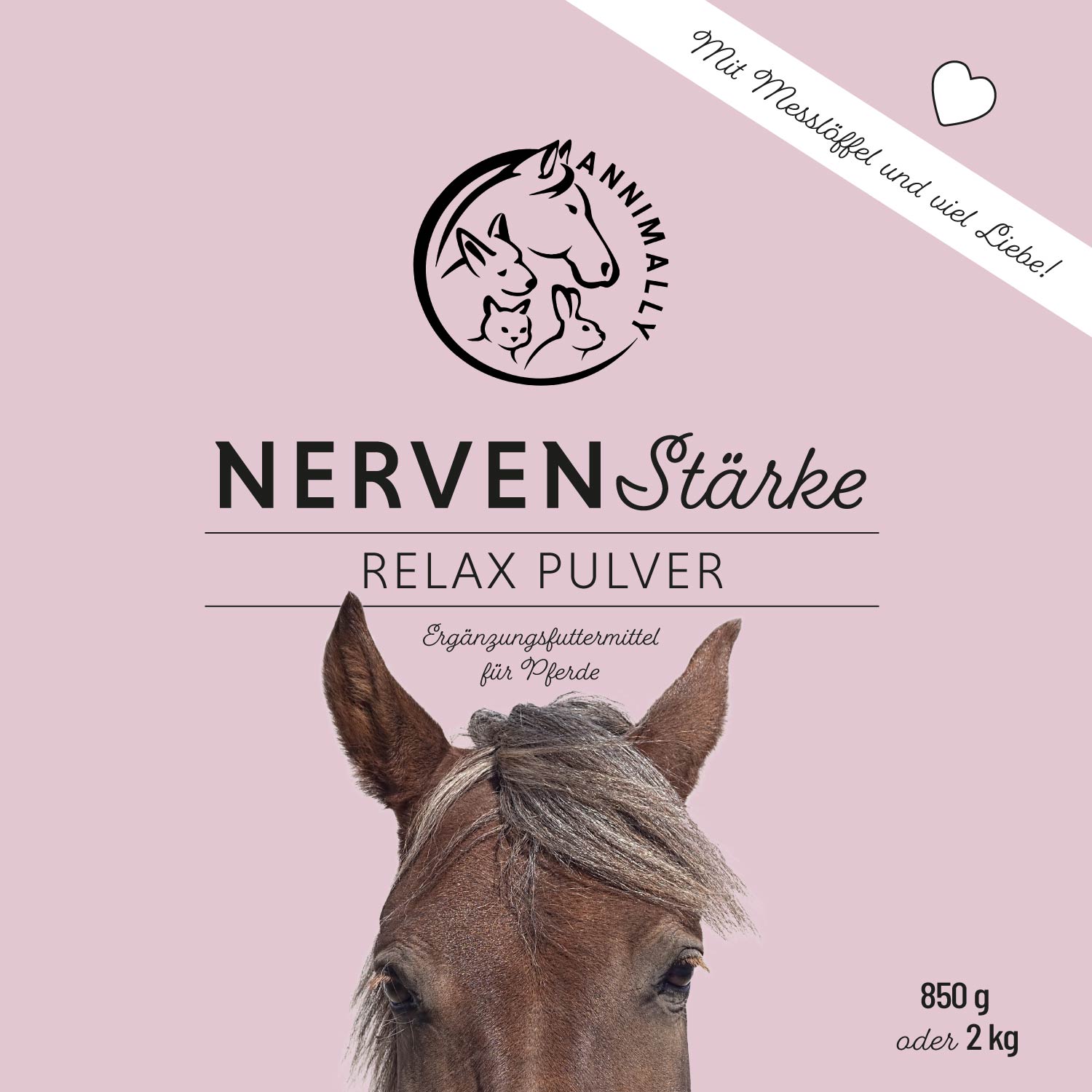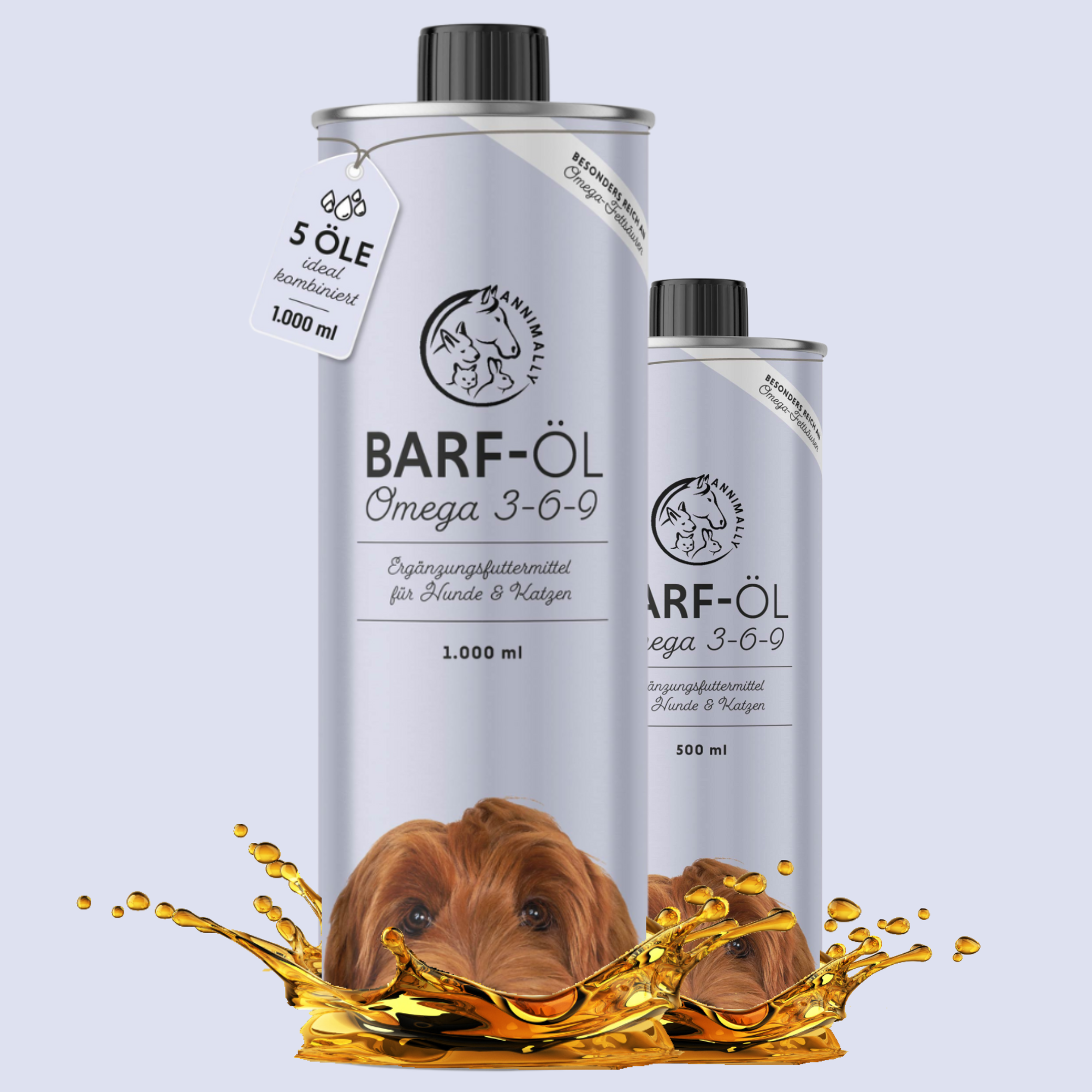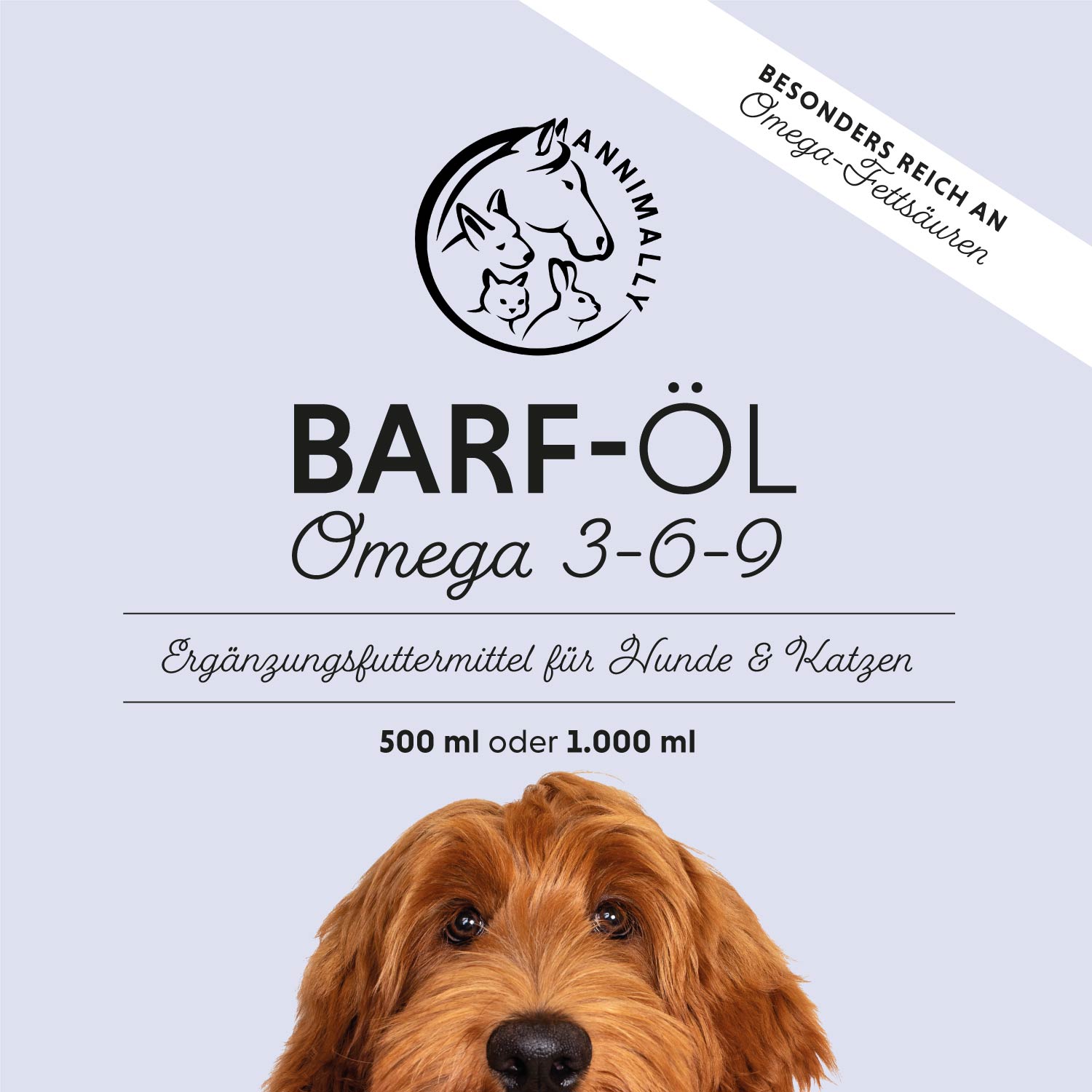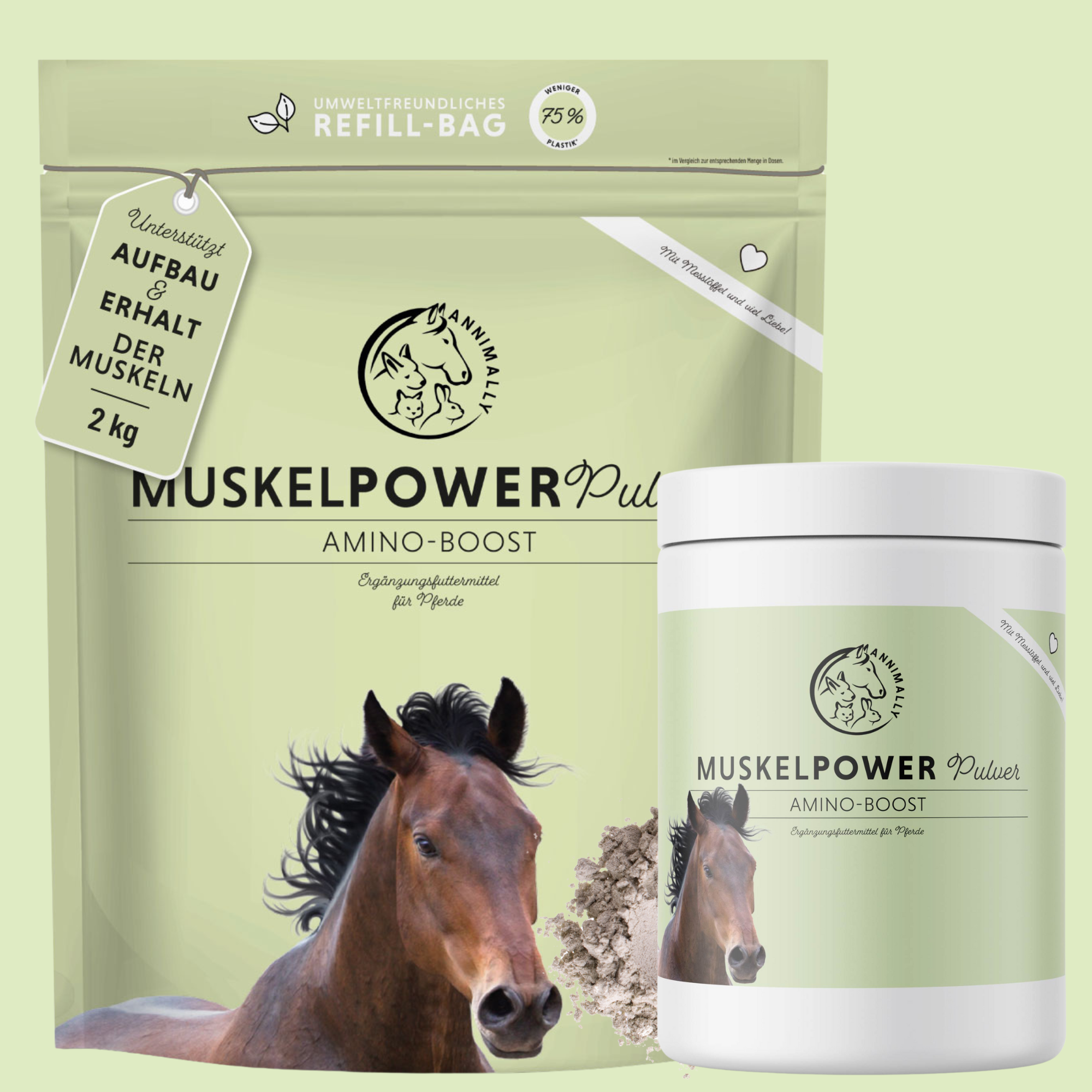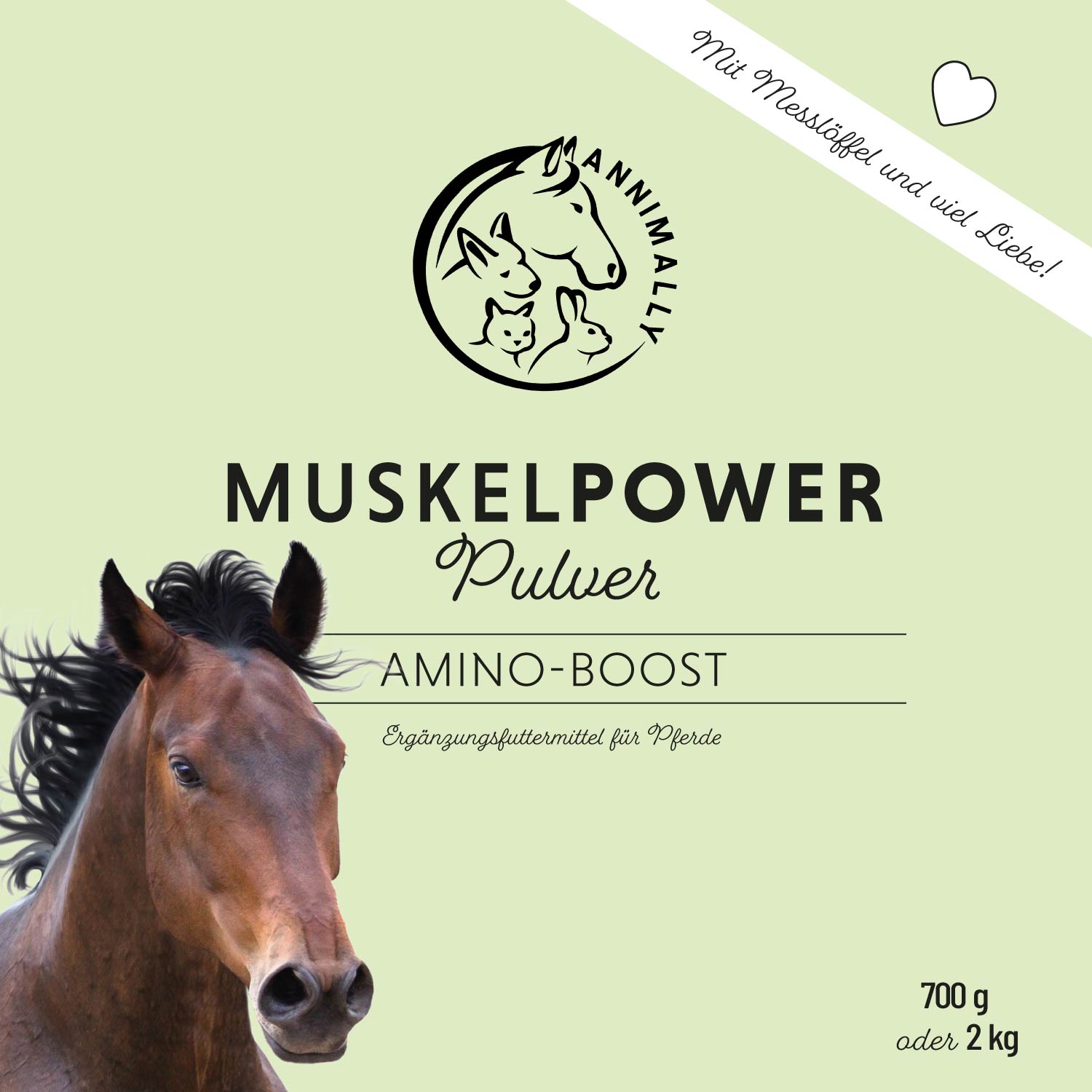
What is an elimination diet for dogs – and when does it make sense?
Allergies and intolerances are no longer just an issue for humans. Our dogs are also increasingly suffering from food-related problems.
Itching, rashes, recurring ear infections, or a sensitive gastrointestinal tract are typical signs that something is wrong with the diet. But how do you determine whether a food allergy or food intolerance is the cause?
The answer is often: Elimination diet – also known as Elimination diet . This special diet is considered the gold standard in veterinary medicine for reliably diagnosing a food allergy in dogs. But what exactly does this term mean, when does an elimination diet make sense, and how does it work?
In this article, you'll learn everything you need to know about the elimination diet for dogs: from symptoms to diagnosis, feeding, suitable protein and carbohydrate sources, and the role of veterinarians and studies.

What is an elimination diet for dogs?
The term "elimination diet" means that certain food ingredients—potential allergens—are excluded from the dog's food. The goal is to observe the immune system's response and determine whether a specific food triggers allergy symptoms.
In dogs, the elimination diet is therefore also called an exclusion diet. It is not a short-term diet in the traditional sense, but rather a targeted diagnostic tool. For several weeks, the dog is fed exclusively a food that it has not previously experienced. This reduces the likelihood of antibodies in the body reacting to previously known protein or carbohydrate sources.
When does an elimination diet make sense for dogs?
An elimination diet is especially recommended if the following symptoms occur:
-
itching without visible parasites
-
dermatitis (skin inflammation, eczema, redness)
-
Ear infections (chronic or recurring)
-
Problems in the gastrointestinal tract (diarrhea, flatulence, vomiting, abdominal pain)
-
Allergy symptoms that cannot be explained by other causes
In many cases, pet owners only turn to an elimination diet after a long search, as other allergy tests often provide unreliable results. Studies show that blood tests or skin tests in dogs do not provide a reliable diagnosis. Therefore, the elimination diet remains the gold standard in veterinary medicine.
What could be the causes behind the symptoms?
Allergies and intolerances in dogs are complex. The immune system usually reacts to specific protein sources or other food components. Common triggers include:
-
Meats such as beef, chicken or lamb
-
Dairy products
-
Cereal components
-
Additives in dog food
A distinction is made between:
-
Food allergy : The immune system produces antibodies against a food ingredient, which triggers an allergic reaction.
-
Food intolerance : The body reacts sensitively to certain foods without the immune system being involved.
Both variants can cause the same symptoms – which is why the elimination diet is so important for a clear diagnosis.
How does an elimination diet work for dogs?
Implementing it requires consistency and patience. The elimination diet essentially involves the following steps:
1. Selection of feed components
A new combination of protein and carbohydrate sources is chosen that the dog has never had before. Typical examples:
-
Horse and potatoes
-
Goat and millet
-
Rabbit and sweet potatoes
The food can be cooked at home or purchased as special diet dog food from the vet.
2. Strict feeding
The dog should only be given the selected food throughout the entire diet. No treats, no chews, and no food scraps. Even the smallest amounts of an allergen can falsify the results.
3. Observation phase
The diet typically lasts 6–10 weeks. During this time, the dog's skin, gastrointestinal tract, and behavior are monitored. If symptoms improve, a food allergy is suspected.
4. Provocation test
To confirm the diagnosis, the suspected food is fed again after a few weeks. If allergy symptoms recur, the diagnosis is considered confirmed. This provocation test is crucial to rule out random findings.
Cooking or ready-made food for your dog – which is better?
Many pet owners choose to cook their own food. This has the advantage of controlling all the ingredients, allowing them to combine meat and carbohydrate sources to their liking.
However, it's important that the diet remains balanced throughout the diet. Dogs need not only protein and carbohydrates, but also vitamins and minerals. Feeding only two components for a long time can lead to deficiencies.
Therefore, it's a good idea to work with a veterinarian or animal nutritionist. Alternatively, there are special diet dog foods available that are tailored to elimination diets and contain all the essential nutrients.
What role does the veterinarian play?
The diagnosis of a food allergy should always be made in collaboration with a veterinarian. Only they can correctly assess the relevance of the symptoms and rule out other causes. They can also monitor the dog's health during the diet and provide recommendations for suitable food.
An experienced veterinarian knows the differences between allergies, intolerances, and other conditions that cause similar problems. Their expertise is also crucial in interpreting studies and diagnostic results.
Differences between allergy testing and elimination diet
Many dog owners want a quick answer to the question of whether their dog suffers from a food allergy. Therefore, some resort to allergy tests, which are conducted via blood tests or skin tests.
At first glance, they seem tempting because they're straightforward and promise quick results. However, in practice, these tests often don't provide reliable results for dogs.
Allergy tests – what they can and cannot do
-
Blood tests : This involves testing the dog's blood for certain antibodies. This sounds sensible, but studies have shown that many dogs test positive for food without ever experiencing symptoms. This is because antibodies can be present in the body but don't necessarily trigger an allergic reaction.
-
Intradermal testing (skin testing) : Potential allergens are injected into the skin and the reaction is observed. This method is more commonly used for environmental allergies (e.g., pollen or dust mites), but is less reliable for dog food.
The result: Allergy tests often produce contradictory results. Some dogs show reactions to several foods according to the test, but tolerate them perfectly in practice. Conversely, dogs can suffer from clear allergy symptoms despite negative test results.
Elimination diet
In contrast, the elimination diet provides real, direct information. It is based on the principle of observation: The dog is fed only a strictly selected food consisting of a new protein and carbohydrate component. If symptoms improve, a food allergy is suspected. If the original allergen is subsequently fed again during the challenge phase and a renewed reaction occurs, the diagnosis is confirmed.
The crucial difference:
-
Allergy tests only measure theoretical reactions of the immune system.
-
The elimination diet shows the practical reaction of the dog in everyday life.
That is why veterinary experts say that the exclusion diet is the “gold standard” in diagnosing a food allergy.
Why the differences are important
For dog owners, this means: An allergy test can at best confirm an initial suspicion—it is never a substitute for an elimination diet. Only through consistent feeding over several weeks and a subsequent provocation test can one determine with certainty whether a specific food ingredient is actually the trigger for allergy symptoms.
Practical tips for implementing the exclusion diet
For the elimination diet to be successful, you should keep a few things in mind:
-
Strict compliance – no exceptions when feeding.
-
documentation – note symptoms, feeding times and reactions.
-
patience – Skin problems or ear infections take time to subside.
-
Choosing the right components – choose a protein and carbohydrate source that your dog is definitely not familiar with.
-
Avoid cross-contamination – Make sure that no residue from other dog food remains in the bowl or bowl cleaner.
Which foods are suitable for the elimination diet?
Exotic meats and simple carbohydrate sources are often used. Examples:
-
Meat : horse, rabbit, goat, ostrich
-
Carbohydrates : potatoes, sweet potatoes, millet
These combinations are popular because they are rarely found in regular dog food. The likelihood that your dog has already had contact with these food ingredients is low.

What do studies say about elimination diets in dogs?
Veterinary studies clearly demonstrate that the elimination diet delivers the most reliable results. It is therefore repeatedly referred to as the gold standard in scientific articles.
However, the success rate depends heavily on consistent implementation. Even small deviations—such as a cookie from the table or a piece of cheese—can distort the immune system's response.
Common problems during implementation
Despite good preparation, there are some things that dog owners often underestimate:
-
Feeding the same food for weeks can be stressful for both dog and owner.
-
The dog may initially refuse the new food.
-
Vitamin or mineral deficiencies if supplements are not taken.
-
The number of suitable meat and carbohydrate sources is limited – especially in cases of multiple allergies.
Conclusion: When is an elimination diet useful for dogs?
An elimination diet for dogs is the most reliable method for diagnosing food allergies and food intolerances. It's always a good idea if your dog exhibits persistent allergy symptoms such as itching, dermatitis, ear infections, or gastrointestinal problems.
Although it requires discipline and patience, it offers clear answers. Only through exclusion and subsequent provocation can one reliably determine whether a specific allergen in the food is the cause.
The elimination diet is therefore more than just a diet in veterinary medicine – it is an indispensable diagnostic tool and helps to finally enable your dog to live a symptom-free life again.

